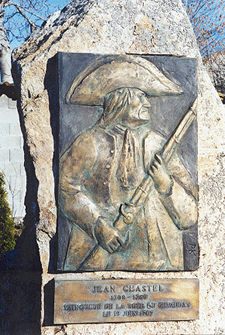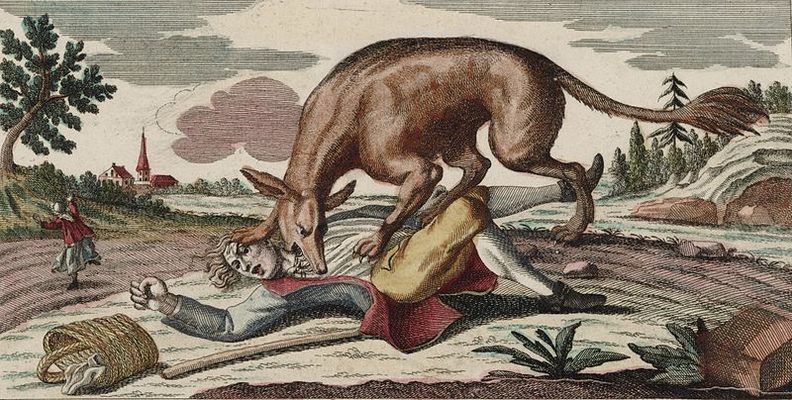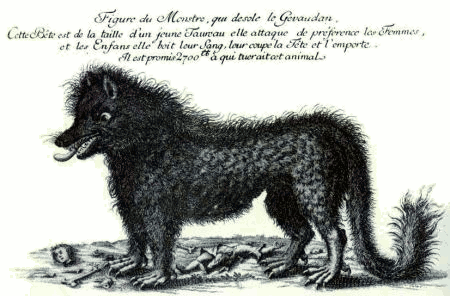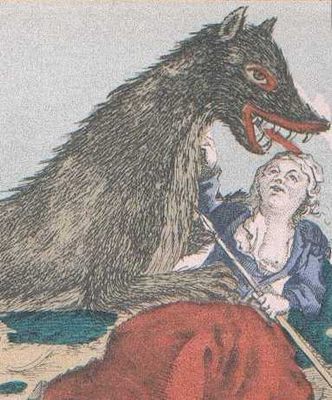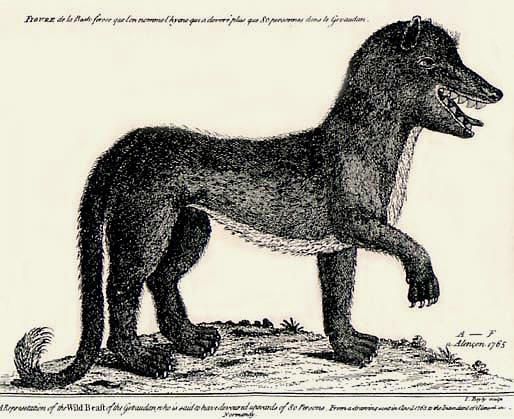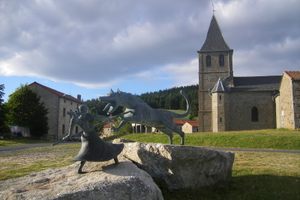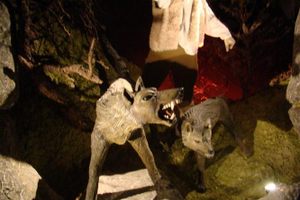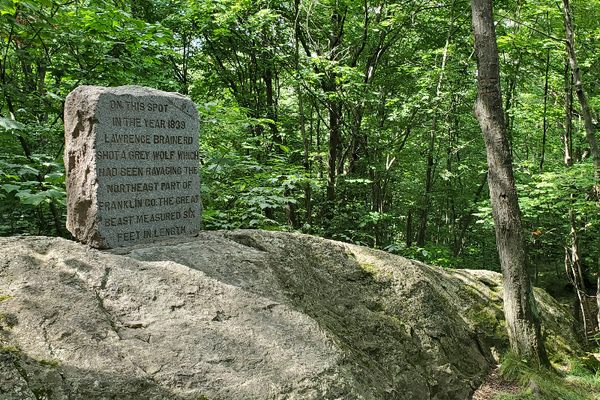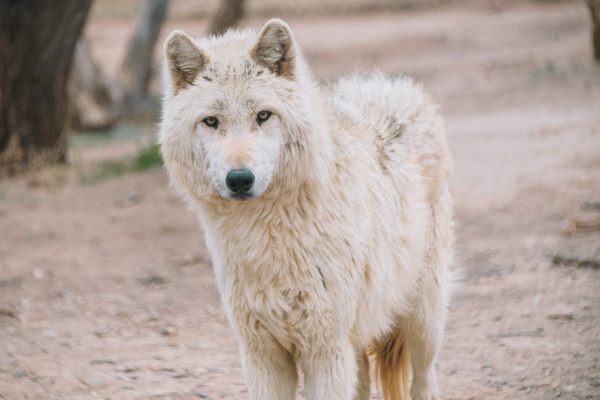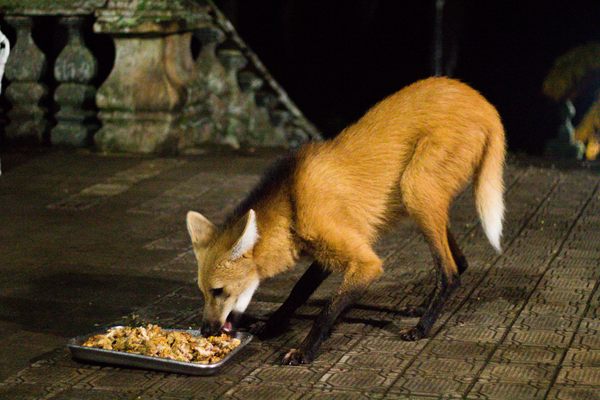About
In June of 1767, French farmer Jean Chastel grabbed his gun and headed into the mountains surrounding his village to kill a monster.
It's a complicated story, with an impressive body count. For three years a mysterious and ferocious beast had roamed the countryside of the Gévaudan province in France, tracking, attacking, and eating men, women, and children. Described by survivors as an enormous animal with red-black fur, armed with ferocious teeth and horrible claws, the Beast of Gévaudan was thought to be an enormous wolf.
Since the first young woman had been attacked in spring of 1764, more than a hundred others had been attacked. The community lived in fear. Almost immediately, men set off on a mission to find and slay the beast; specialty beast-slaying hunting parties were even dispatched by Louis XV to the area.
Wolves were hunted and killed in the areas surrounding Gévaudan, including one so large — allegedly 130 pounds — it was thought that it "could be the fearsome beast that caused so much damage." Alas, the attacks continued.
Filtered through centuries of celebration, wolf fearing, and mythologizing, the story of Chastel's final trumph comes down to us like so:
The lone farmer took to the mountains, tracking the beast, armed with a gun and silver bullets meted down from a religious amulet. When he found his hunting grounds, he sat down, and opened the Bible and waited for the beast to approach, for surely it could not resist such an easy target.
Out of the shadows, the creature approached. Chastel, took aim and killed the beast. He then took the enormous body — described to be a wolf of enormous size — to the king, who ordered it be destroyed.
Theories about the true identity of the beast still remain up to debate: one enormous wild wolf, bent of destruction, or possibly a mastiff, owned and trained by Jean Chastel himself? Others have proposed that the attacks might have actually been the work of several animals, either wolves or wolf-dog hybrids who had grown accustomed to close quarters with humans. Recently a pretty controversial theory has emerged, introducing the idea of a very large, very angry hyena to the plot, but it seems a pretty far stretch.
The story of Chastel's silver bullet appears to have been a later embellishment on the tale, added to add weight to stories and theories about werewolves.
What is known is that something was terrorizing and killing the people of Gévaudan — modern estimates put the confirmed deaths somewhere around 100 or more, with dozens more who were attacked but survived, and after Chastel's kill, the terror came to an end.
The wild wolf was eventually hunted into extinction — or near extinction — in France and most of Western Europe. Small groups have started to return, creeping back down from retreats in the mountains.
This monument to Chastel stands in La Besseyre-Saint-Mary, one of many beast-related monuments in the region which once made up Gévaudan (now Lozère). Perhaps more encouragingly, Les Loups du Gévaudan Wolf Sanctuary in St-Léger-de-Peyre is now home to a hundred wolves and is dedicated to restoring their reputation in France.
Related Tags
Published
September 11, 2013
